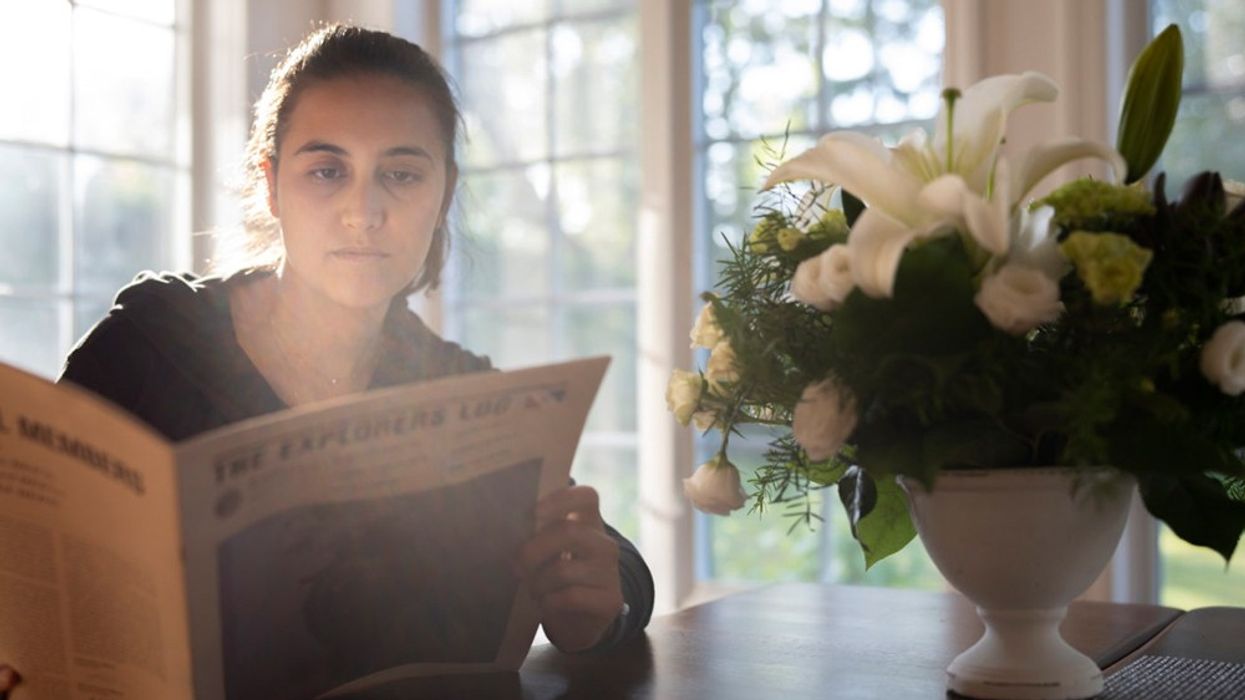First Images of Angenieux's Full-Frame Optimo Prime Lenses Emerge
More than meets the prime.

Angenieux has been long known for its zoom lenses. Used on countless features including Get Out, Mad Max: Fury Road, Moonlight, and The Martian, the lenses produce a distinct look—a creamy, not overly sharp feel with a flavorful color palette that can be easily mixed with other manufacturer's prime lenses. It's one of the reasons that make them so popular among cinematographers shooting features or television series.
When the France-based company announced it would release its own set of prime lenses, it was said the glass would inherit Angenieux's look and feel, but with fixed focal lengths, allowing the images from the prime and zoom lenses to be matched even more seamlessly. The Optimo Primes are not Angenieux's first prime lenses. That nod goes to the 35mm f/2.5 R1, a retrofocus lens introduced in 1950. It was followed by a 24mm, 28mm, and 35mm lens, and the 28mm f/3.5mm R11 in 1953, which still can be found for purchase on resell sites.

The lenses will have replaceable iris blades allowing for user-configurable bokeh as well as a 320° focus throw for smooth focusing. Each focal length will have a 95mm front diameter and identical colorimetry that matches the Optimo Zooms.
Interchangeable mounts will be available in PL and LPL, and the modern lens will support Cooke i/ Technology and ARRI LDS lens data formats. While on the subject of lens data, if lens manufacturers are reading this, you should start considering eXtended Data (XD) technology from Zeiss. It's based on Cooke /i but adds additional information about lens distortion and shading characteristics in real-time. With more productions lifting heavy visual effects workflows, some even going virtual, XD technology is going to make the work of a visual effects artist easier.
With the Optimo Primes arriving this fall, Jon Fauer, ASC, over at Film and Digital Times got his hands on the 40mm T1.8 and managed to do some testing.


Fauer isn't technically the first person to test the 40mm T1.8. The YouTube channel Source Films got its hands on an early production model during Cine Gear, and the guys over at Band Pro took the 40mm T1.8 out on the streets of Los Angeles to capture different profiles.
For those interested, the Optimo Primes will be released in stages. 6 focal lengths (21, 28, 40, 50, 75, and 135mm) arriving later this year, and the rest to follow shortly after. Angeniuex has drafted different sets, but you can build out our own set of focal lengths as you see fit.
Optimo Prime Silver Set
- 21, 28, 40, 50, 75, and 135mm
Optimo Prime Gold Set
- 18, 21, 28, 32, 40, 50, 75, 100, and 135mm
Optimo Prime Platinum Set
- 18, 21, 24, 28, 32, 40, 50, 50, 75, 100, 135, and 200mm
For most filmmakers, the lenses will be a rental item, but it's nice to see another option available to tell a story. So what do you think of the lenses? Tell us in the comments below.
Source: FDT
















